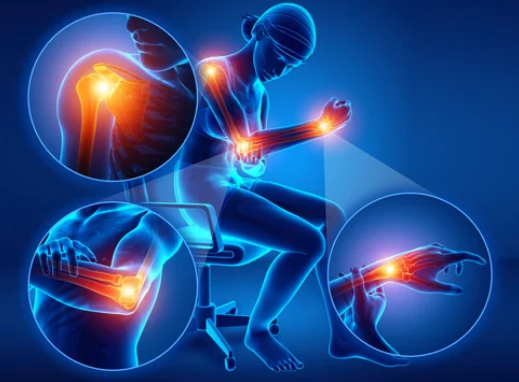
|
Dr. Eliseo Mora Sánchez
2023-04-14 |
"Ligament" most commonly refers to a band of dense regular connective tissue bundles made of collagenous fibers, with bundles protected by dense irregular connective tissue sheaths. Ligaments connect bones to other bones to form joints, while tendons connect bone to muscle. Some ligaments limit the mobility of articulations or prevent certain movements altogethe

Capsular ligaments are part of the articular capsule that surrounds synovial joints. They act as mechanical reinforcements. Extra-capsular ligaments join in harmony with the other ligaments and provide joint stability. Intra-capsular ligaments, which are much less common,[citation needed] also provide stability but permit a far larger range of motion. Cruciate ligaments are paired ligaments in the form of a cross. Ligaments are viscoelastic. They gradually strain when under tension and return to their original shape when the tension is removed. However, they cannot retain their original shape when extended past a certain point or for a prolonged period of time.This is one reason why dislocated joints must be set as quickly as possible: if the ligaments lengthen too much, then the joint will be weakened, becoming prone to future dislocations. Athletes, gymnasts, dancers, and martial artists perform stretching exercises to lengthen their ligaments, making their joints more supple. The term hypermobility refers to the characteristic of people with more-elastic ligaments, allowing their joints to stretch and contort further; this is sometimes still called double-jointedness.




"Ligament" most commonly refers to a band of dense regular connective tissue bundles made of collagenous fibers, with bundles protected by dense irregular connective tissue sheaths. Ligaments connect bones to other bones to form joints, while tendons connect bone to muscle. Some ligaments limit the mobility of articulations or prevent certain movements altogether
